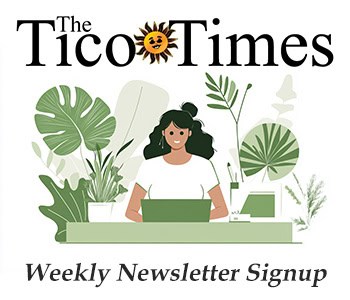Guatemalans are steaming. Crowds of them have poured into the streets this month — some 60,000 on May 16 alone — to protest corruption and demand the ouster of President Otto Pérez Molina.
Triggered by the scandal over a giant scheme of import tax fraud, the widening crisis already has toppled the nation’s vice president, the energy minister, the Central Bank governor and interior minister.
Social upheaval has a deep history in Guatemala, where Marxist-inspired guerrillas battled security forces from 1960 to 1996, leaving 200,000 dead.
What’s new, and encouraging, is the popular revolt against resurgent corruption, which has reignited partisan feuds and sapped confidence in the country’s still-wobbly democratic institutions at a time when this nation of more than 14.6 million may need them most.
Latin America is no stranger to bureaucrats on the take. The region traditionally merits dismal ratings on Transparency International’s annual corruption perception index. In 2014, Guatemala ranked a lowly 115th among 175 countries.
For a while, paying off officials was brushed off as a necessary lubricant for the cumbersome gears of government service. “Rouba mas faz,” — “He steals but gets things done” — was the unofficial disclaimer in the 1940s for the famously light-fingered but much admired São Paulo governor, Ademar de Barros.
No one is winking now. That may be because corruption has grown exponentially. In Brazil, it’s as big as Petrobras, the state oil company, which just reported $2.1 billion in losses to kickbacks and graft.
The other reason is that wherever corruption spreads, violence generally follows. The link between bent officials and the region’s fevered murder rate, according to a recent report by Insight Crime — a news portal which monitors illicit activity in the Americas — is organized crime.
In recent years, international cartels moving cocaine, arms and laundered money have installed themselves in key transshipment locations in Latin America and the Caribbean. As their franchises expanded, they have converted several countries into global crime hubs.
More than greasing the odd palm or exploiting the blind spots of flawed institutions, the cartels — Sinaloa and Zetas in Mexico, the Soles of Venezuela, Colombia’s FARC and Barrio 18 of Guatemala — have systematically crippled law enforcement by capturing local governments or buying entire police departments — often to devastating effect.
The most blatant example was the kidnapping and apparent massacre of 43 Mexican students by drug traffickers allegedly in service to the mayor of Iguala, in southern Mexico, last August. In a recent poll, Mexican businesses named lack of public safety as the biggest single obstacle to growth.
It’s much the same for El Salvador, where powerful gangs forced government to broker a truce with outlaws, which briefly quelled one of the world’s highest murder rates before the deal fell apart.
A 2014 study by The Institute for Economics and Peace concluded that “Latin America clearly remains the world’s most violent region in terms of crime.”
The violence also bleeds economies. Honduras — Latin America’s third most crooked country, according to Insight Crime — has the world’s highest murder rate and loses 19 percent of its gross domestic product a year to violence.
El Salvador is next, forfeiting 14.5 percent of its national wealth on violence, followed closely by Venezuela, Colombia, Mexico and Guatemala, each foregoing around 10 percent of potential GDP on security, prison maintenance and income of workers who were murdered.
Though hardly surprising, the cross contamination of corruption and crime suggests that stopping the bloodshed will take more than best practices and government reforms. It means freeing courts, lawmakers and police from the grip of powerful cartels and their official sponsors, who have a vested interest in preserving the shadows.
Look for more crowds in the Guatemalan streets in the days ahead.
Bloomberg View contributor Mac Margolis is based in Rio de Janeiro. For more columns from Bloomberg View, visit: http://www.bloomberg.com/view
© 2015, Bloomberg News








